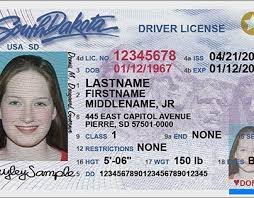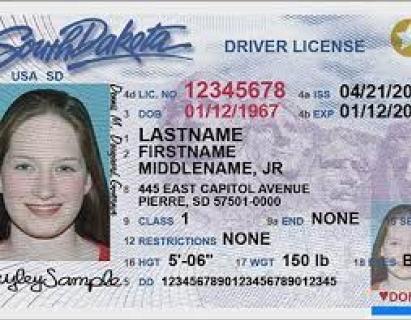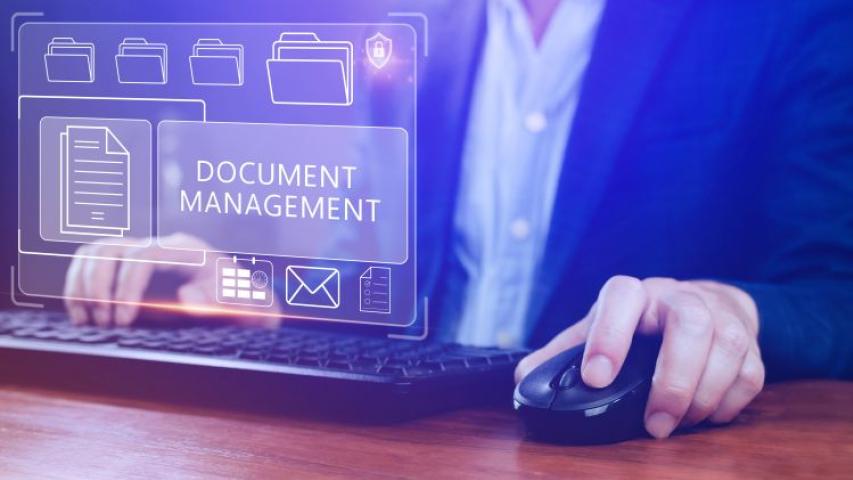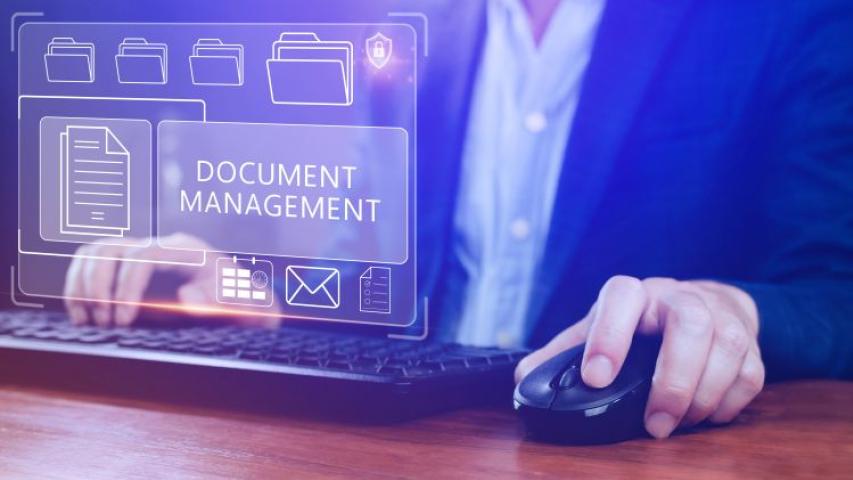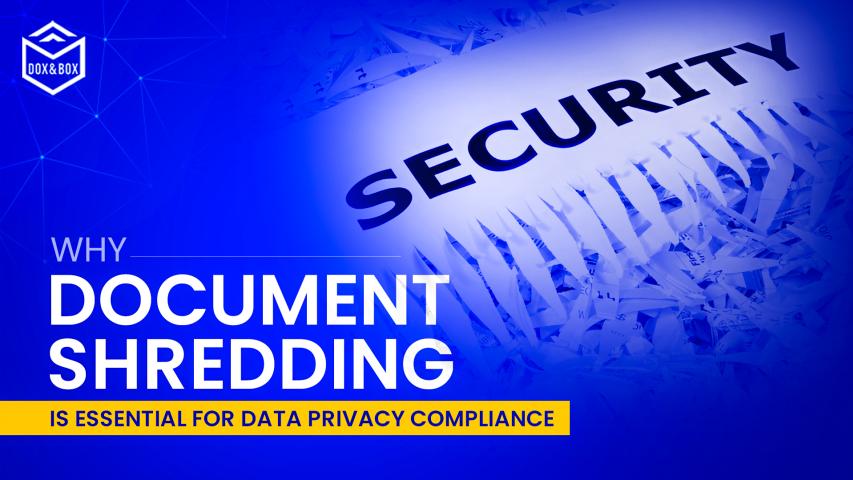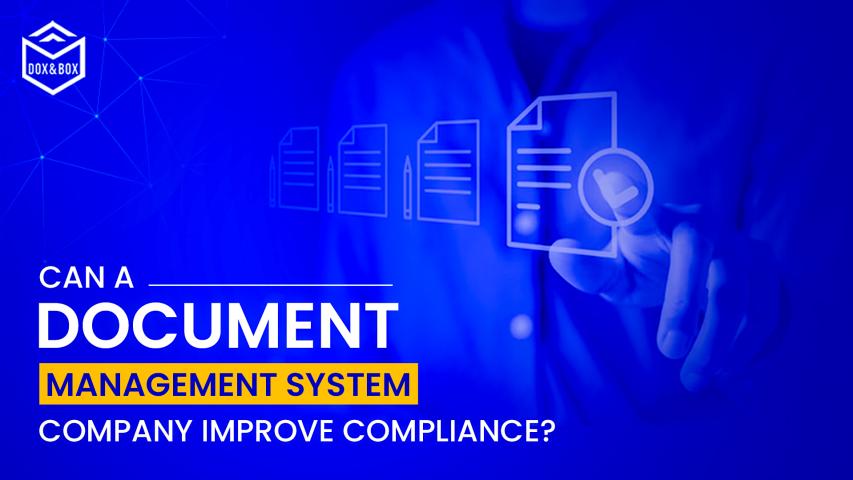create fake driving licence is not just a legal document but also a symbol of independence and responsibility for individuals who wish to operate motor vehicles on public roads. In many countries, possessing a valid driving license is a prerequisite for driving any type of vehicle, ensuring that drivers have demonstrated competence and knowledge of road rules and safety measures.
Types of Driving Licenses
Driving licenses typically come in various categories that authorize individuals to drive specific types of vehicles. These categories often include:
Car (Class C): This is the most common type, allowing individuals to drive regular passenger vehicles.
Motorcycle (Class M): Authorizes the operation of motorcycles and mopeds.
Commercial Vehicles (Class A, B, C): Required for driving buses, trucks, and other commercial vehicles.
Specialty Vehicles: Some licenses may be required for operating specialized vehicles like forklifts or emergency vehicles.
Process of Obtaining a Driving License
The process of obtaining a driving license varies by country and jurisdiction, but generally includes the following steps:
Eligibility: Applicants must typically meet minimum age requirements and sometimes health and vision standards.
Driver's Education: Completion of a driver's education program or course is often required. This may include classroom instruction and practical driving lessons.
Knowledge Test: A written or computer-based test assessing knowledge of road signs, traffic laws, and safe driving practices.
Driving Skills Test: A practical fake drivers license test to evaluate the applicant's ability to operate a vehicle safely under various conditions.
Vision Test: Assessing visual acuity and sometimes peripheral vision to ensure safe driving capability.
Licensing Fees: Payment of applicable fees for testing, processing, and issuance of the driving license.
Road Safety and Driving License
The issuance of a driving license is not merely a bureaucratic formality but a critical step in promoting road safety. By ensuring that drivers possess the necessary skills and knowledge, authorities aim to reduce accidents, injuries, and fatalities on the road. Ongoing efforts to update licensing requirements and improve driver education programs contribute to enhancing overall road safety standards.
Challenges and Issues
Despite efforts to regulate and standardize the process of obtaining a driving license, challenges and issues persist:
Fraudulent Practices: Instances of bribery, falsification of documents, or corruption in the licensing process undermine road safety efforts.
Skill Disparities: Disparities in driving skills among scannable fake ids can lead to unpredictable behavior on the road.
Technological Advancements: Rapid advancements in vehicle technology require ongoing updates to driving education and licensing procedures.
Legal and Regulatory Changes: Changes in traffic laws and regulations necessitate periodic updates to driving license requirements.
Conclusion
In conclusion, obtaining a driving license is a significant milestone for individuals seeking mobility and independence. Beyond its legal implications, a driving license represents a commitment to safe driving practices and responsibility on the road. Efforts to streamline the licensing process, enhance driver education, and enforce road safety measures are crucial in ensuring that licensed drivers uphold the highest standards of competence and accountability. By continually addressing challenges and adapting to evolving road conditions, authorities can work towards creating safer and more efficient transportation systems for everyone.
Visit: fake divorce documents
Visit: fake bank statements
